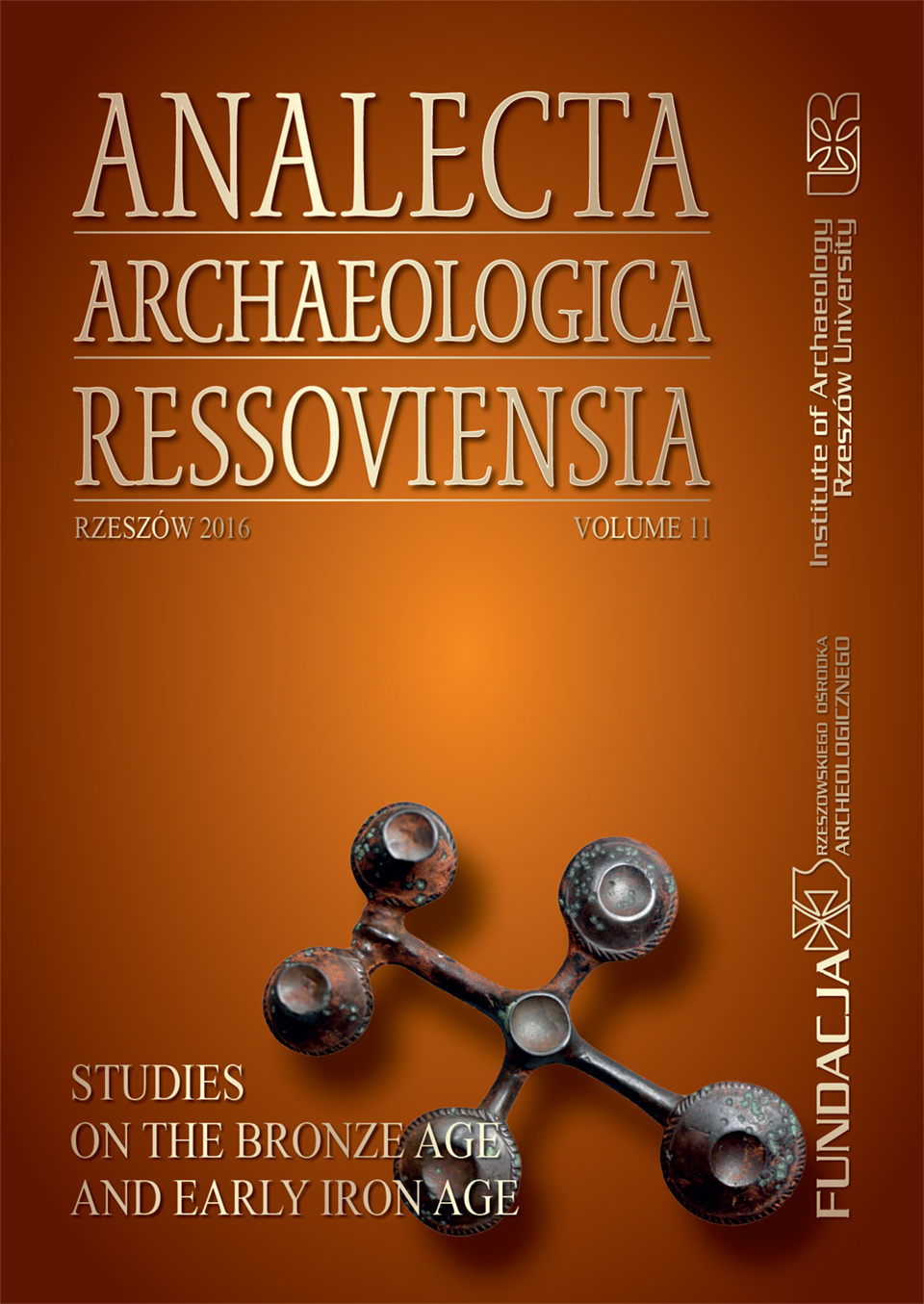From Magical Valorization to Radiocarbon Chronology. Changes in Determining Age of Prehistoric Artifacts
DOI:
https://doi.org/10.15584/anarres.2016.11.5Keywords:
magic, chronology, culture, archaeology, artifactAbstract
Changes in determining age of prehistoric artifacts are closely linked to the search for objective grounds for reconstructing the history of human culture. In the Middle Ages, the origin of archaeological finds was explained by natural forces. For instance, it was thought that the Earth gives birth to vessels and keeps the bones of mythical creatures. For the religious worldview, it was the Bible that constituted the basis for perceiving the world. Chronology of ancient monuments referred to biblical events. Findings of antediluvian animals and plants were described. The existence of an antediluvian man was discussed. The age of these findings was estimated to reach several thousand years BC. Scientific methods of studying the chronology of prehistory developed in the mid-19th century, after the introduction of system of three ages by C.J. Thomsen. It was thought that social evolution was an objective source of cultural change, corresponding with K. Darwin’s ideas. Improvement of methods for determining the age of archaeological artifacts took place in the second half of the 20th century, thanks to C14 dating. Despite the conviction of archaeologists of the objectivity of radiocarbon chronology, it raises many objections and controversies. This proves that there is no single research method leading to objective knowledge about prehistory.

